The Xiaomi Mi 13 series was officially released. Among them, Mi 13 adopts a new straight-screen design with a very narrow edge full screen to achieve an immersive look and feel. Gold size, great feel.
Mi 13 adopts a full-screen design with extremely narrow edges, equipped with a 6.36-inch screen, the frame is only 1.61mm wide, and the screen-to-body ratio reaches 93.3%. With the new E6 luminescent material, the power consumption is 22% lower than that of Mi 12 under the same brightness. The outdoor full-screen brightness can reach 1200nit, and the peak brightness can reach 1900nit.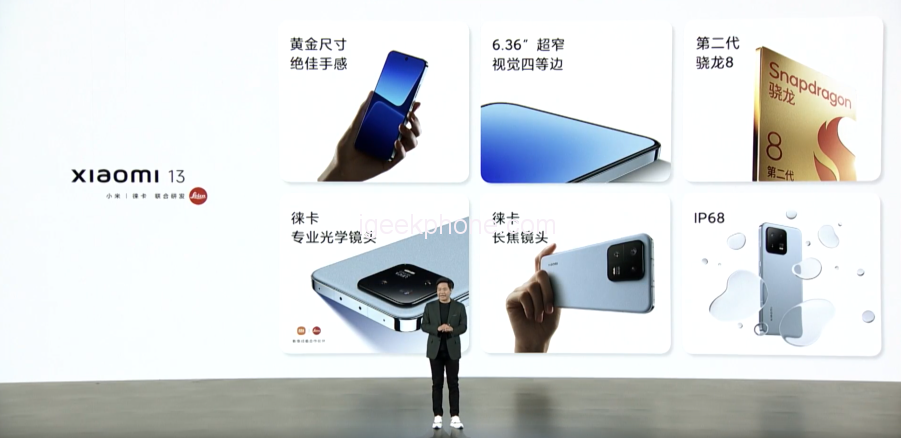
Mi 13 supports the display of four Hollywood HDR standards: HDR 10, HDR 10+, Dolby Vision, and HLG, and can accurately display P3 wide color gamut and brightness exceeding 1000nit.
In addition, Mi 13 also supports an ultra-dynamic display. Its imaging system can well capture the dynamic range of the entire scene, and the ultra-dynamic display technology is responsible for displaying a more realistic relationship between light and shade. When watching photos or videos, it can clearly display a wide range of areas from deep black to bright white, with brighter highlights and full details in dark parts, while ensuring smooth transitions between different brightness areas, thus presenting you with what the human eye sees as true feelings
The frame of Mi 13 is made of light aluminum alloy to achieve a neat upright frame design, which can better highlight the visual impact of the screen. The new product offers four colors: classic black and white, new wilderness green (3D laminated craft glass), and distant mountain blue (nano-tech leather).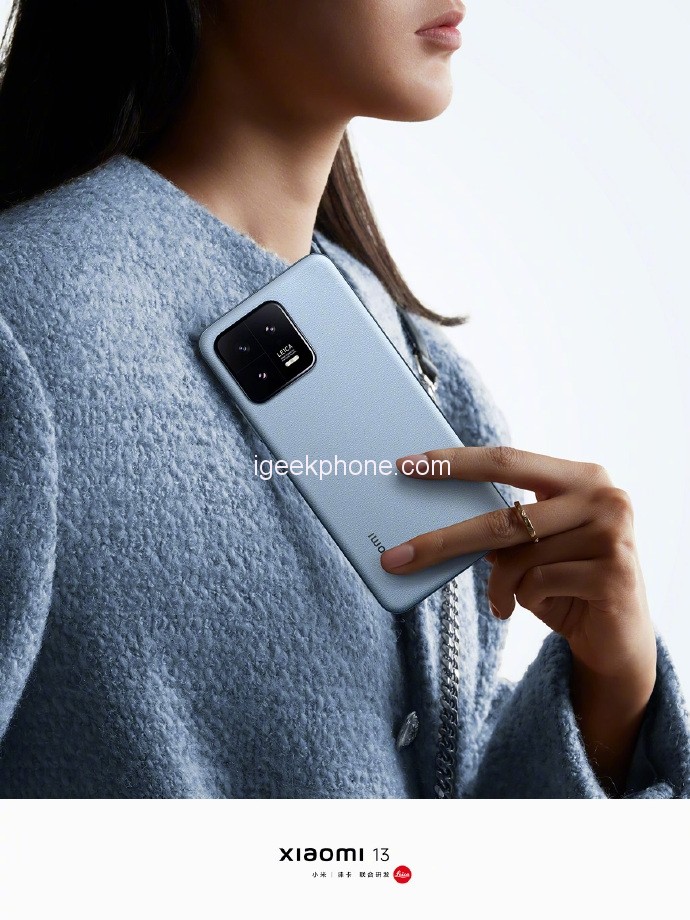
Among them, the nano-technology skin is not easy to peel off and has excellent anti-dirty ability. After sticking to ballpoint pens, signature pens, ink, and other stains, you only need to use paper towels or erasers to wipe off the handwriting.
The thickness of the whole machine is only 7.98mm, and the weight is only 189g. The 3D glass process on the back is like full water overflowing the surface of the cup under the action of tension, and it also provides an excellent grip. Moreover, the whole machine supports IP68 dustproof and waterproof, which makes daily use more at ease.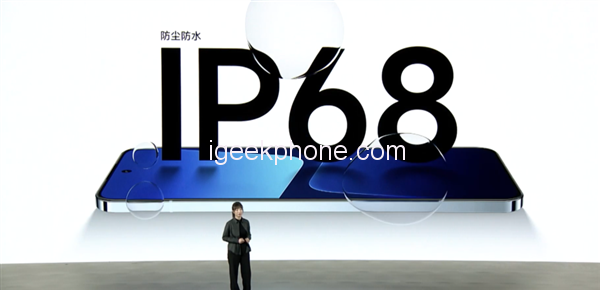
In terms of imaging, as a new generation of imaging flagship, Mi 13 is equipped with all native Leica imaging capabilities and brings a new shooting experience.
The three rear lenses cover the optical zoom range of 0.6x-3.2x and support up to 30x digital zoom. Each lens has passed the Leica optical certification, with high resolution, large aperture, and almost imperceptible distortion, providing a solid foundation for excellent image quality.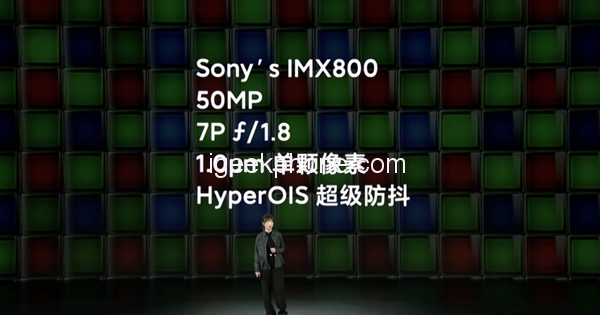
Among them, the main camera adopts MIX 800 CMOS, with 7P aspheric lens design, ALD professional ultra-low reflection coating, and new cycloolefin material, and supports Hyper OIS super optical image stabilization. The main camera adopts a new redundant design super-outsole sensor, which can use an additional 3.5% redundant area to obtain a larger field of view when shooting videos, which increases the field of view by 5° compared to Mi 12.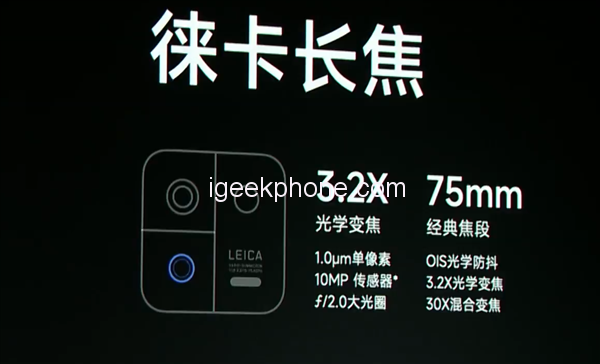
By default, the main camera uses a four-in-one readout mode to generate 12.5-megapixel photos. When double zoom is required, the main camera switches to the 50MP readout mode to take a central 12.5MP photo to achieve double zoom without loss of clarity.
The telephoto lens of Mi 13 is designed with an equivalent focal length of 75mm and a large aperture of F/2.0 and supports OIS optical image stabilization. 75mm is the classic focal length of Leica, and its field of view is 32°. When the distance is 1 meter from the portrait, 75mm can take a headshot, and take a few steps back to take a bust and bust.
Xiaomi Mi 13 has four built-in Leica watermarks. Unlike the mainstream filter apps on the market, the same Leica filter will not distort the picture too much, but finely adjust the color and tone to retain the delicate colors of the original picture. transition.
Thanks to the complete focal length, Mi 13 supports a full series of master lenses for the first time, and based on the telephoto lens, a new 75mm portrait mode is added, bringing an ultra-shallow depth of field, natural skin color, and unique bokeh and light shift effects.
In terms of performance, Xiaomi Mi 13 is equipped with the second-generation Snapdragon 8 mobile platform, equipped with a new LPDDR5X memory (peak value 8533Mbps), UFS 4.0 flash memory (3.5GB/s read, 2.6GB/s write) and an ultra-luxury cooling system with 4642mm2 VC.
In addition, Mi 13 supports the latest Wi-Fi 6 wireless network, supports 4K QAM and dual WLAN acceleration, and can provide a maximum concurrent rate of 3.6Gbps (5GHz + 2.4GHz).
Mi 13 also supports dual-card dual-pass, which means that the two cards are always online, so when the main card is talking, the secondary card can still access the Internet, send and receive text messages, and even answer calls. Users can freely switch between the two calls without interfering with each other.
In terms of battery life, Mi 13 claims to be the strongest battery life of Xiaomi’s flagship, with a built-in 4500mAh high-density battery. The official said that under Xiaomi’s standard battery life test model, the battery life of Mi 13 can reach 1.37 days, far exceeding the iPhone 14, and even surpassing the iPhone 14 Pro. Max.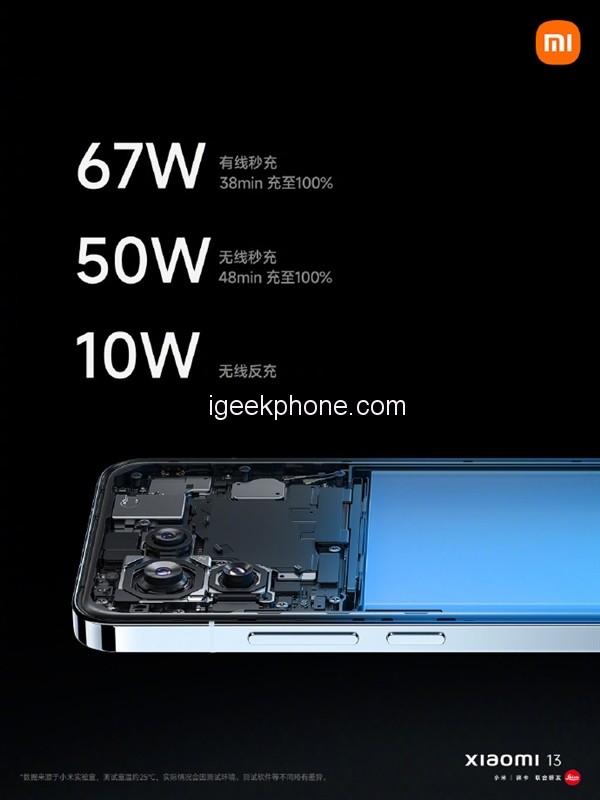
The new phone supports 67W wired second charging (100% full in 38 minutes), 50W wireless second charging (100% full in 48 minutes), and 10W wireless reverse charging.
In terms of other features, Mi 13 X-axis linear motor, Dolby Atmos, Dolby head tracking, infrared universal remote control, and other functions are also available.
In terms of price, Mi 13 has four configurations: 8+128 version 3999 yuan; 8+256 version 4299 yuan; 12+256 version 4599 yuan; 12+512 version 4999 yuan.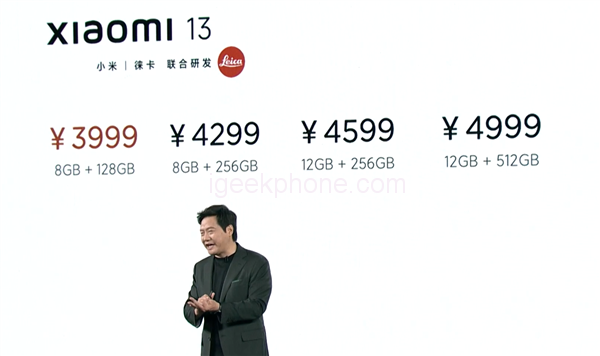
Do not forget to follow us on our Facebook group and page to keep you always aware of the latest advances, News, Updates, review, and giveaway on smartphones, tablets, gadgets, and more from the technology world of the future.









